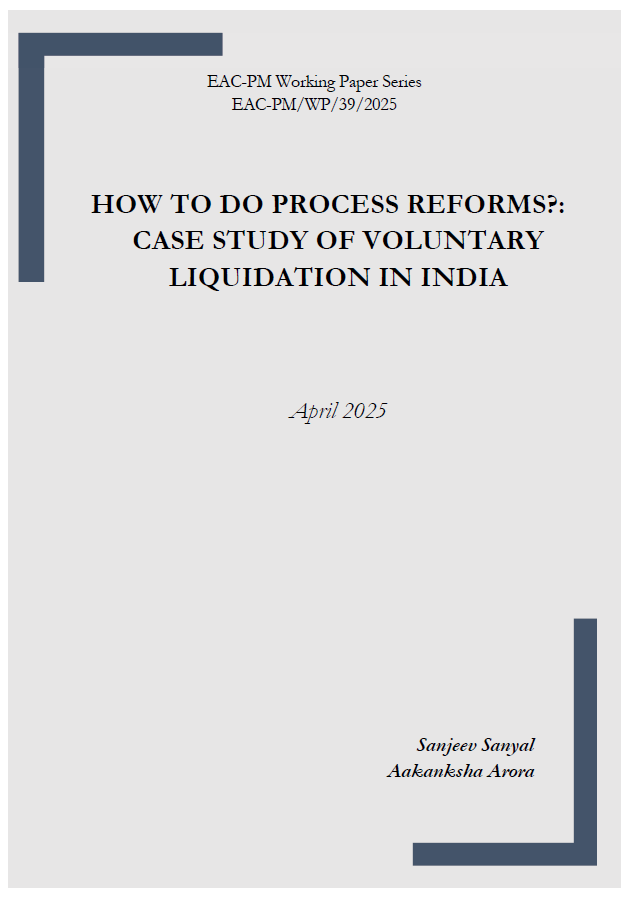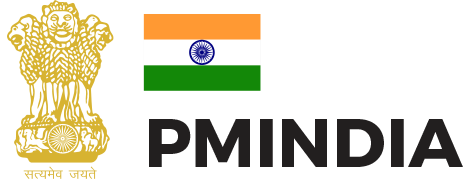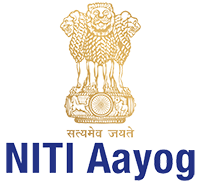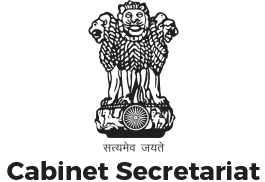Large number of process reforms have been done in recent years- including simplification of administrative
processes, changes in regulations and legislations, removing obsolete laws, closure of outdated government
entities and so on. Even if these changes appear small in many cases, they have led to significant efficiency
gains in the overall system. In this paper, we illustrate the impact of process reforms in the area of voluntary
liquidation of companies.
The purpose of this paper is to provide a case study of how a problem is identified, solved and the outcome
measured. The hope is that such a systematic study will lead to institutionalization of such reforms.
The bulk of companies that shut down worldwide every year are voluntary, rather than due to involuntary
causes such as insolvency or bankruptcy. In India, there are two main routes for voluntary liquidation. One
is under Section 248 of the Companies Act, 2013 and the second is Section 59 of the Insolvency and
Bankruptcy Code. For both, the process was very complicated and time-consuming until very recently as was
pointed out in the Government of India’s Economic Survey 2020-21 and 2021-22. The process reforms
carried out since then have completely changed the outcome.




